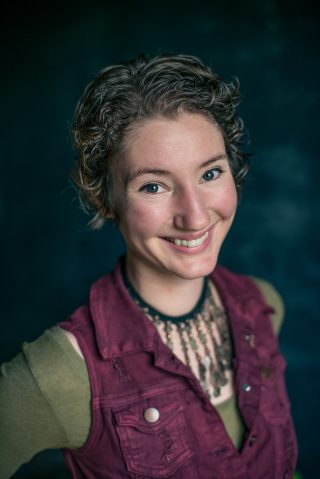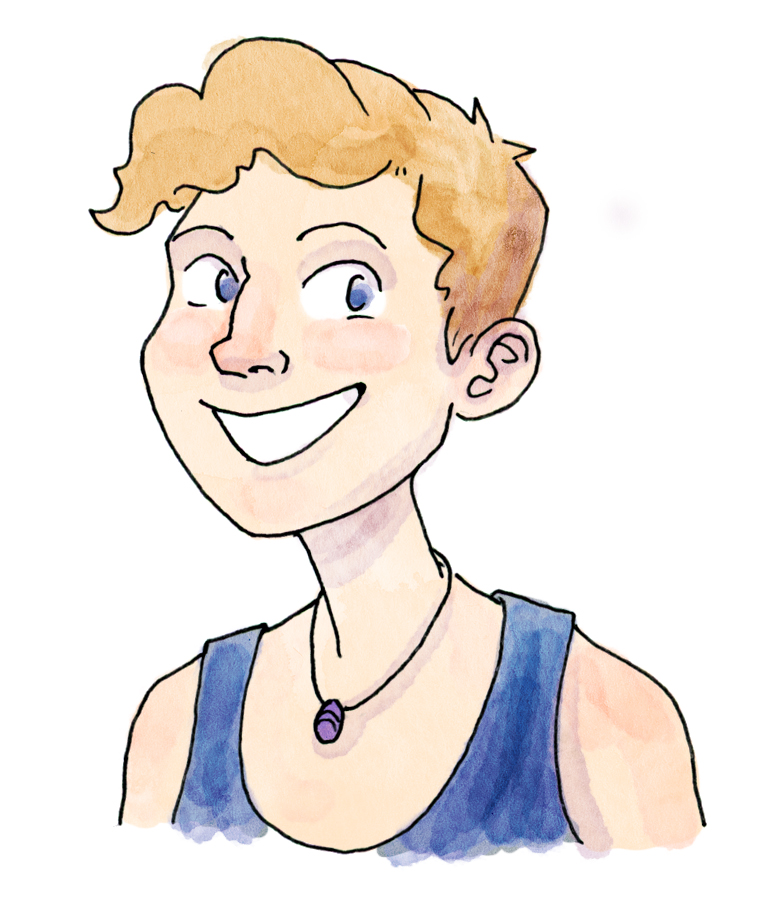
Hi there! My name is Lucy Bellwood and I am the artist-at-sea aboard R/V Falkor’s Johnston Atoll transit-cruise. I am a professional adventure cartoonist, tasked with having unusual, exciting experiences and bringing back comics that allow my readers to learn about them. Maritime history is a huge area of interest for me, so when Lead Marine Technician Colleen Peters supported my book, Baggywrinkles: a Lubber’s Guide to Life at Sea, on Kickstarter last year, she figured I’d be a natural fit for bringing the Schmidt Ocean Institute’s mission to a wider audience. I applied for an Artist-at-Sea residency and was selected.
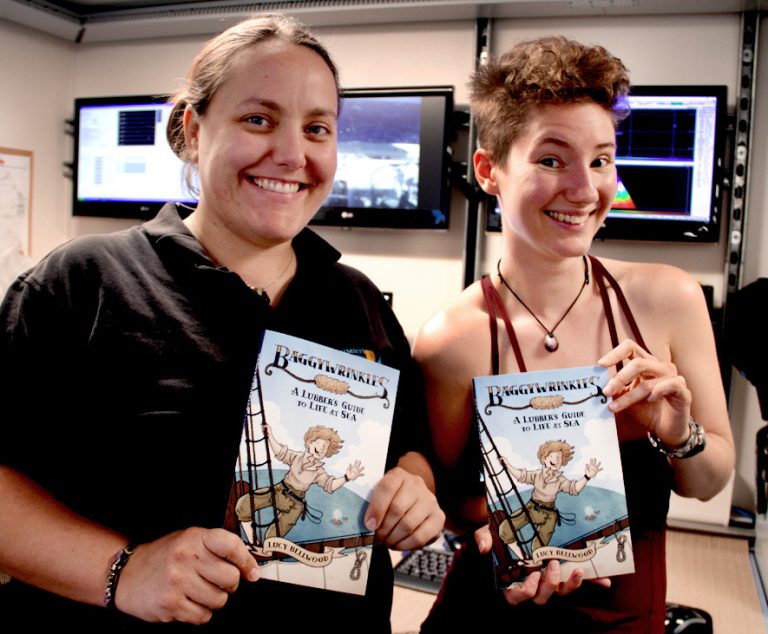
Getting kids and adults engaged in the science that is happening every day around the world (especially in remote regions like the middle of the Pacific), is no small task. There are layers and layers of technical jargon to sift through, plus the necessity of contextualizing raw data in the grander scheme of politics, research, and history.
Experience Translated Visually
Comics are an equalizer—if structured with care, they can speak fluently to readers of all levels, bringing them into contact with the underlying enthusiasms of a complex project. I like to conceptualize enthusiasm as a communicable disease; If you are thrilled about the implications of your research, readers can not help but come along for the ride.
An approachable introduction is always the first step. With that in mind I am hard at work scripting a brief introductory comic that can easily be distributed in classrooms, at conferences and trade shows, or online. The comic will provide an overview of what makes Falkor special, as well as a layman’s explanation of how multibeam mapping works and what we’ve discovered while mapping the Atoll.
I’ve already gotten the opportunity to fire an XBT (Expendable Bathythermograph) to help the marine technicians measure sound velocity—a crucial piece of data for accurate multibeam mapping. A temperature sensor sits in the weighted end of the probe, which unspools fine copper wire as it sinks so the team can get a reading of the temperature at different depths. This allows the team to figure out how quickly sound will bounce from the seafloor to the receiver on the underside of the ship, giving us a sense of the contours below.
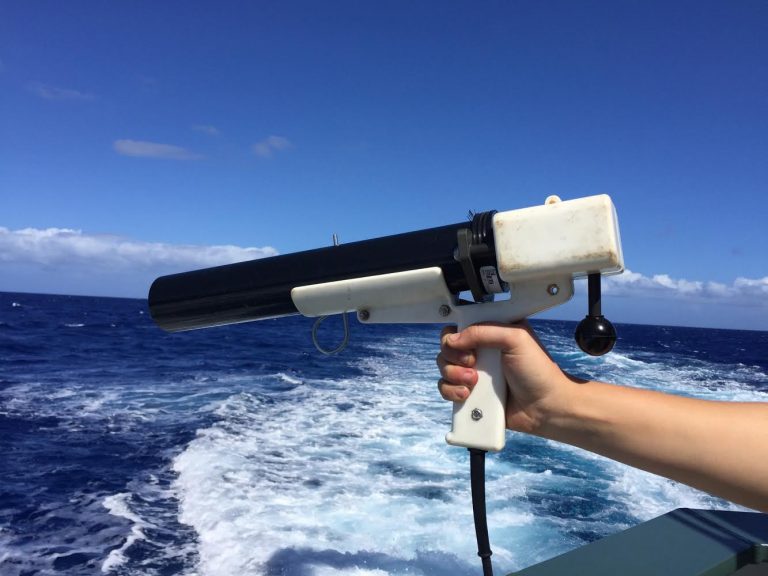
Participating in routine protocols like this remind me that we are already living in the future. The day-to-day events of our lives can leave little room to remember that we have astronauts living aboard the International Space Station, that we can model new tools and have 3D printers bring them to life, and that we can use sound waves to peer beneath the ocean waves and find out what lies on the seafloor.
Drafting Doorways to New Worlds
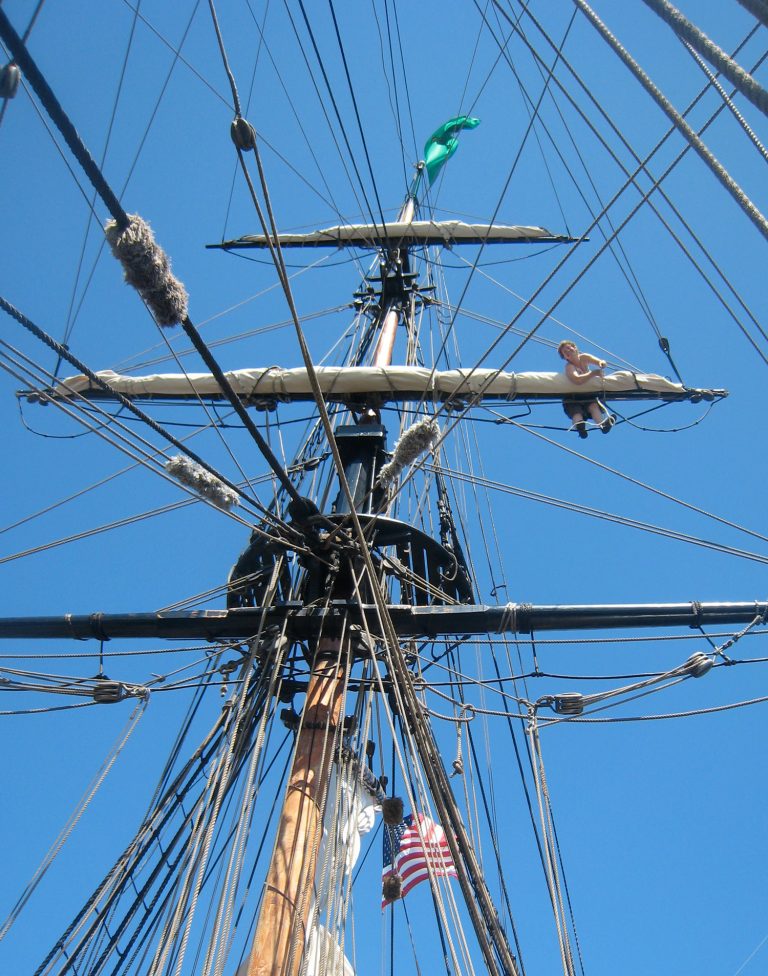
My maritime background is in traditional tall-ship sailing, so Falkor is centuries away from the usual low-tech environments in which I find myself at sea. On top of that: I’m a humanities specialist, not a scientist. The language of Falkor’s mapping team and marine technicians veers into terrain I’ve never encountered before, so I am loving the challenge of familiarizing myself with the procedures and terminology as quickly as possible.
With all this prep time I will be well-situated to grasp what is going on and translate it to the page when we reach the Johnston Atoll and start doing our more concentrated mapping work. Here’s hoping the seas stay smooth so my drawing doesn’t get too choppy! (So far so good.)
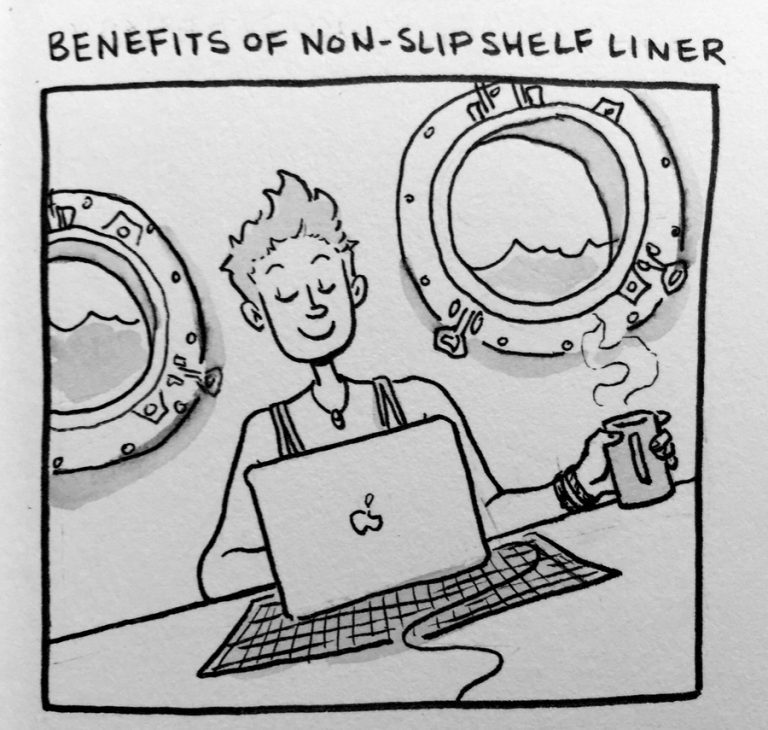
We can not expect readers to instantly understand everything about the research being done on board (just as I am giving myself permission to leave here without a complete grasp of bathymetry), but we can open a doorway for them to walk through. Falkor’s unique open-access model offers a world of possibilities—not just for scientists, but for educators and creators to bring readers and students into new worlds. I can not wait to play a part in that over the next two weeks.
